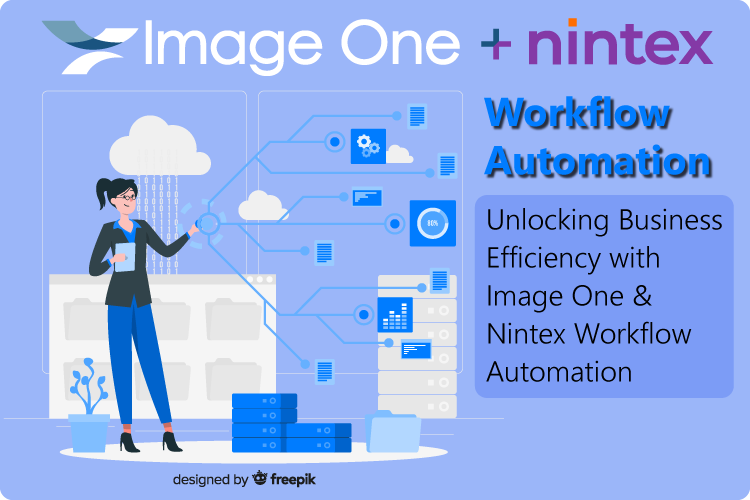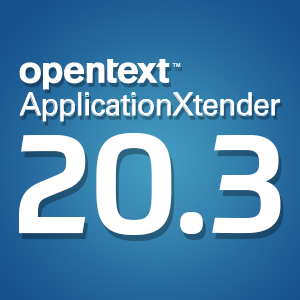Making a business case for going paperless
Monday, October 14, 2013For companies bogged down by inefficient paper-based processes, the main allure of going paperless may be the enhanced organizational component. Think about it: No paper means no more rifling through disorganized stacks of files and folders, manually searching until you find the information you're looking for – and if the piece of paper in question had previously been misfiled, there's a good chance that the unlucky person sent to retrieve it may take all day to do so, or even longer. In instances when the procurement of a particular piece of data is time-sensitive, having disorganized paper-based frameworks in place can be nothing less than disastrous.
That said, other firms might prioritize cost savings over organizational benefits. Although the economy is slowly getting back on its feet, times are still tough for businesses in many industries, and even those that are beginning to rehabilitate themselves might still be haunted by the financial insecurity in the rear view mirror.
"Going paperless means savings on paper, ink and office equipment that needs to be replaced on a regular basis, such as printers and fax machines," pointed out iPost contributor Pamela S. in a blog post from earlier this year. "Sending documents through secure email reduces shipping and courier costs. Some organizations have to send out hundreds, or thousands of documents, so you can imagine the savings."
Paper benefits checks relegated to the past
It was the idea of realizing these types of significant savings that was the impetus behind the federal government electing to transition benefits departments like Social Security and Veterans Affairs to a paperless system. The Treasury Department announced the decision in April 2010, with the switch to electronic benefits payment being slated to take effect in March 2013. At the time, the move was forecasted to save more than $300 million in the first five years, as NextGov reported at the time.
Although this particular push toward paperlessness only pertained to departments that sent paper checks to people receiving benefits, a more widespread records management directive released by President Barack Obama in August of last year called for the entire federal government to be paperless by the end of 2019. What's more, the directive imposed a December 31, 2013, deadline for officials to put the necessary business process automation plans in place to meet the 2019 goal, FCW explained.
Realizing this lofty aim is far easier said than done, and some people have expressed concern about the viability of the deadline.
"This is an enormous undertaking for all agencies involved," acknowledged Mary Murley, program manager at Iron Mountain Consulting Services, as quoted by the news source. "It will not be easy, and it will require significant time, resources and budget."
She went on to recommend the adherence to information management best practices, such as enforcing accountability at the senior level, implementing training requirements across organizations, strengthening record retention schedules and affirming these timelines are sufficiently adhered to.
Regulation, regulation, regulation
Maintaining regulatory compliance is a key part of this process. As the media outlet explained, agencies will be required to meet a December 31, 2016, deadline for managing permanent and temporary email records in an accessible electronic format.
"Officials will have to retain their email records in an appropriate electronic system that supports records management and litigation requirements, including the ability to identify and retrieve records 'for as long as they are needed,'" FCW noted.
Brought to you by Image One Corporation, providing government and industry compliance solutions since 1994.




